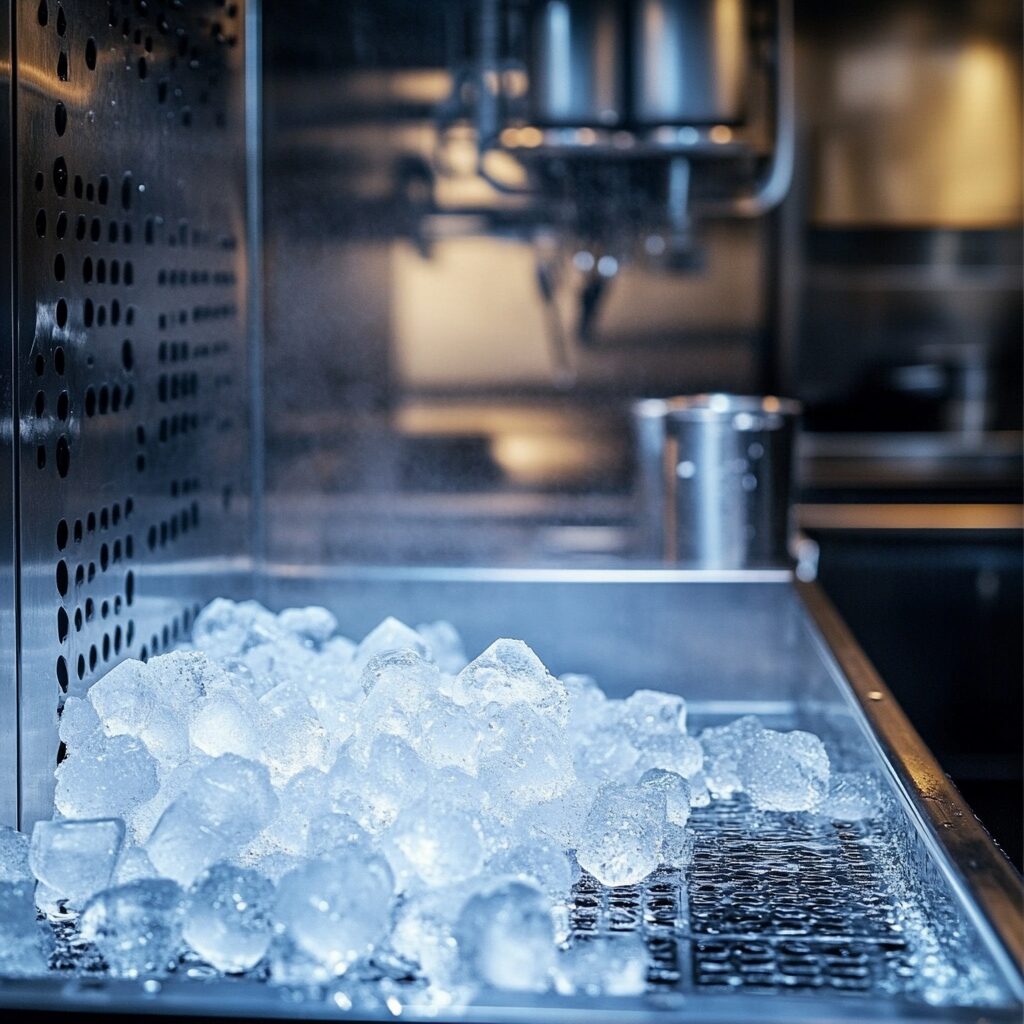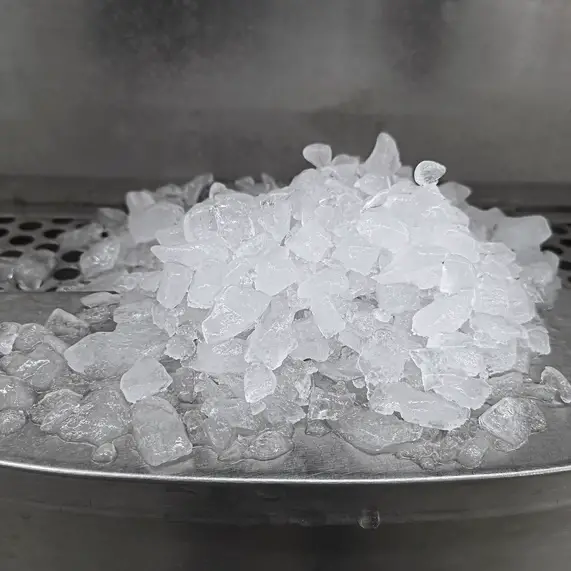In 2013, a shocking discovery at fast-food chains in China revealed that ice cubes contained 13 times more bacteria than toilet water. This finding isn’t an isolated incident – it represents a widespread problem in restaurants worldwide. While most people worry about undercooked meat or contaminated produce, the frozen cubes in their drinks might pose an unexpected health risk.
Ice machines are rarely cleaned enough

The FDA recommends cleaning and sanitizing ice machines 2-4 times annually, but many establishments fall short of this requirement. Commercial ice machines often become the forgotten equipment in busy kitchens, receiving attention only when they malfunction.
Regular maintenance isn’t just about appearance – it’s crucial for preventing harmful bacteria growth. Mold thrives in the damp environment of ice machines, potentially contaminating every cube produced.
What would happen if health inspectors required weekly documentation of ice machine cleaning? The current lack of oversight allows this critical task to slip through the cracks.
Human handling introduces significant contamination risks
The biggest threat to ice safety isn’t the machine itself – it’s improper handling by staff. Workers rushing during peak hours might skip proper handwashing or use contaminated scoops, introducing bacteria directly into ice bins.
Cross-contamination occurs when ice scoops are stored on dirty surfaces or when staff use glasses to scoop ice instead of designated tools. These practices transform clean ice into potential carriers of foodborne illness.
Modern solutions like touchless dispensers significantly reduce these risks, but they’re not yet standard in most establishments. The human element remains the weakest link in ice safety.
Biofilm buildup creates persistent contamination

Biofilms are colonies of bacteria that form a protective layer, making them resistant to normal cleaning methods. These invisible threats can develop in ice machines within days, creating a persistent source of contamination that standard cleaning might miss.
Professional deep cleaning services use specialized solutions to break down biofilms, but many restaurants rely on basic sanitization that leaves these colonies intact.
The presence of biofilms can nullify other safety measures, as they continuously release bacteria into newly produced ice. Regular testing for biofilm presence should be standard practice but rarely is.
Water source quality affects ice safety
Even with perfect machine maintenance, contaminated source water can compromise ice quality. Municipal water problems or issues with building plumbing can introduce harmful bacteria before the freezing process begins.
Many restaurants assume their water filtration systems adequately protect their ice production, but studies have found concerning levels of coliform bacteria in ice from establishments with water filters.
Regular water testing and filter maintenance are essential but often overlooked components of ice safety. The freezing process doesn’t kill bacteria – it merely preserves them until the ice melts.
Storage conditions impact contamination levels

Ice storage bins become breeding grounds for bacteria when improperly maintained. Condensation, airborne particles, and poor ventilation create perfect conditions for bacterial growth.
The location of ice storage units near high-traffic areas or food preparation stations increases contamination risks. Proper storage requires dedicated spaces with adequate ventilation and limited access.
Remote ice delivery systems offer a solution by separating production from storage, but their high cost prevents widespread adoption.
Equipment age affects contamination risk
Older ice machines often have worn seals, cracked surfaces, and outdated designs that make thorough cleaning difficult. These machines might meet basic health codes but harbor hidden contamination zones.
Modern ice machines incorporate antimicrobial materials and sealed evaporators to prevent biofilm growth. However, the significant investment required for upgrades leads many establishments to maintain older equipment well past its prime.
The cost of new equipment pales in comparison to potential liability from foodborne illness outbreaks, yet many operators continue using outdated machines.
Restaurant ice safety requires a comprehensive approach combining proper equipment, regular maintenance, staff training, and robust monitoring systems. The 2013 norovirus outbreak at a US golf course and similar incidents worldwide demonstrate the real consequences of neglecting ice safety. Modern solutions exist, from touchless dispensers to ozone treatment systems, but their adoption remains slow. Until regulations mandate stricter ice safety protocols, consumers should remain aware of these hidden risks in their chilled beverages.

